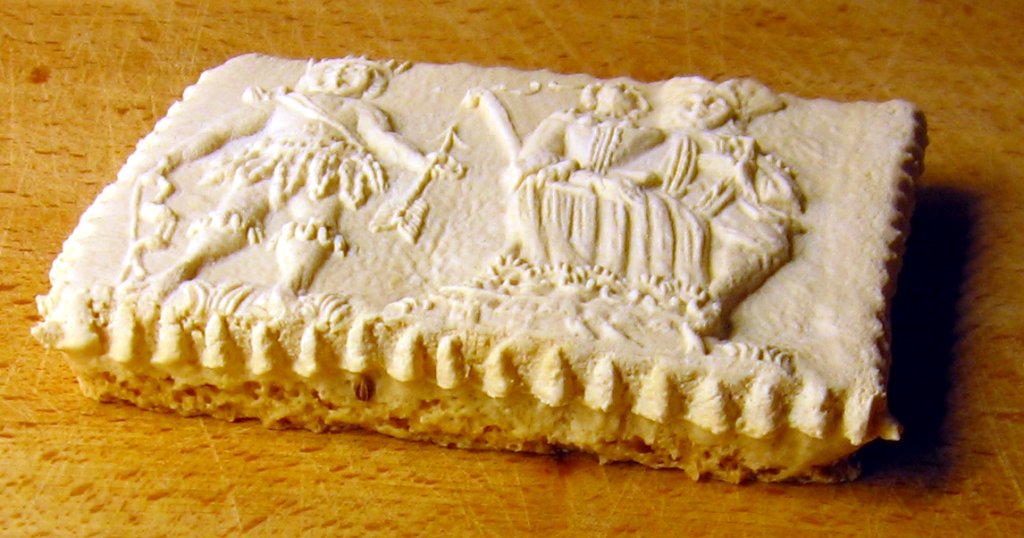Zebra
Gold Member
Two German Christmas Cookies: Springerle and Hildabrötle
Who knows them, too?
Who knows them, too?
Follow along with the video below to see how to install our site as a web app on your home screen.
Note: This feature may not be available in some browsers.
Springerle is a type of South German biscuit or cookie with an embossed design made by pressing a mold onto rolled dough and allowing the impression to dry before baking. This preserves the detail of the surface pattern. While historical molds show that springerle were baked for religious holidays and secular occasions throughout the year, they are now most commonly associated with the Christmas season.[1][2]
They are called anis-brödle in the Swabian dialect,[3] and Anisbrötli (anise bun) in Switzerland.[4] The name springerle, used in southern Germany, translates literally as "little jumper" or "little knight", but its exact origin is unknown. It may refer the popular motif of a jumping horse in the mold, or just to the rising or "springing up" of the dough as it bakes.[1]

Hildabrötchen are a Christmas cookie that originated in Germany. They are a traditional shortbread “plätzchen” or cookie that are cut out and filled with marmelade and frosted with a powdered sugar glaze.
The original recipe for these cookies comes from a cookbook that my German Grandmother had. It was published in 1962 and she sent one to my Mom for a gift.

 www.binkysculinarycarnival.com
www.binkysculinarycarnival.com